We have the most fantastic pool of diverse young talent in south London. We desperately need to create more opportunities for them to access well paid professional jobs.
Luckily, increasing diversity is firmly on the agenda of many large organisations. But those tasked with delivering on diversity targets are facing some real challenges to make them a reality.
Why bother with diversity?
For many companies growing the diversity of their workforce is not just an issue of Corporate Social Responsibility but a means of driving innovation and even survival. As technology disrupts business models, many companies are recognising they need to be closer to a customer base which is young and ethnically diverse. For one business leader the issue is not “Diversity & Inclusion, it’s about strategically being closer to the next generation”
In the war for talent, as Brexit deters international recruits, companies need to get better at finding and nurturing homegrown talent.
We know people from black and minority ethnic backgrounds face massive barriers to access professional jobs, especially if they grow up in economic disadvantage.
So what are employers doing to increase the diversity of their early stage recruits?
We spoke to range of large employers to find out.
Pro-active employers identify the need to do “early work to attract the right people onto our programmes”. That might mean connecting with young people still at school and offering “a chance to work across the business to get a taste of people and activities”.
For some companies it is important to look at recruitment practices and the criteria used for selection: “A focus on specific skills supports diversity and inclusion and adds real value for the business.”
A commitment to increasing apprenticeships is seen as a mechanism to boost the diversity of early stage hires. One company was very explicit about this “We’re splitting early careers into a grad scheme and an apprenticeship scheme to bring more diversity”.
But we found companies are facing three main blockers to boosting diversity.
1. It’s hard to reach potential candidates because companies are not in the diverse communities they want to reach
Companies have told us that their biggest barrier is actually reaching the pool of potential recruits. It requires them to get out and reach diverse groups by getting into the communities where they are. This is quite a challenge. Doing it properly requires a big investment of time.
One recruitment managers said “We are just not in the right space to encourage the sort of candidates we want”. Reaching diverse young people requires companies to get out into schools and build awareness of themselves as an employer.
Young people gain little understanding of the world of work within school. So without professional parents to guide them, young people simply do not understand what it would actually be like to work for a company.
They can easily be put off by overly corporate communications which feel alien and don’t show them what it’s actually like to work there.
2. Companies need the capacity to engage and support potential recruits
Businesses can see the need for some additional support and preparation to give potential recruits a fair chance. “Often we see young people come in deeply lacking in confidence, which is really quite sad.”
“Younger people on work experience or apprenticeships are not familiar with basic business behaviours and you have to invest to teach that.”
Enabling potential recruits to experience the business through taster sessions or work experience has huge value. There are a range of things that companies think work:
- Short courses for people not quite apprenticeship ready, including work experience, CV training, interview training, how to present yourself well and opportunities for access without prior tests
- A realistic experience of working in an office, and an understanding of the kind of skills needed, eg communication with different people, dealing with different personalities,
- Training in how to understand the working environment and in building confidence to engage in that environment
- A work experience or apprenticeship delivery partner that really understands the skills sets and the working behaviours
But it also needs someone to make it happen and many business tell us they lack this additional resource.
3. Recruitment process not sufficiently focussed on the skills the business needs
Many of the people we spoke to felt that a barrier to boosting diversity is that the selection of entry level candidates was not sufficiently focused on the needs of the business. “It’s all a bit wooly and in the end that favours the traditionally well educated.”
The use of traditional recruitment practices, especially interviews, means that. “how the young person is able to articulate themselves is dominating everything else …it favours people who are educated in the traditional sense.”
Self-confident candidates from private schools will do much better in interviews than those growing up in poverty and educated in state schools.
The most effective way to boost diversity and get the talent the business really needs is to “Look at skills first – don’t care who they are, if look a bit odd, if they’re socially awkward”.
Being prepared to recruit people who are different can be a challenge to the existing culture of a workplace, but we heard a clear message about the need to recruit based on skills.
“Employers have to get better at knowing what they want. Diversity will only come by driving a focus on the hard skills they want and need.”
We Rise connects diverse young talent to organisations. We’d love to know what you think. Do you experience these barriers in your workplace? Have you found a way to overcome them?
